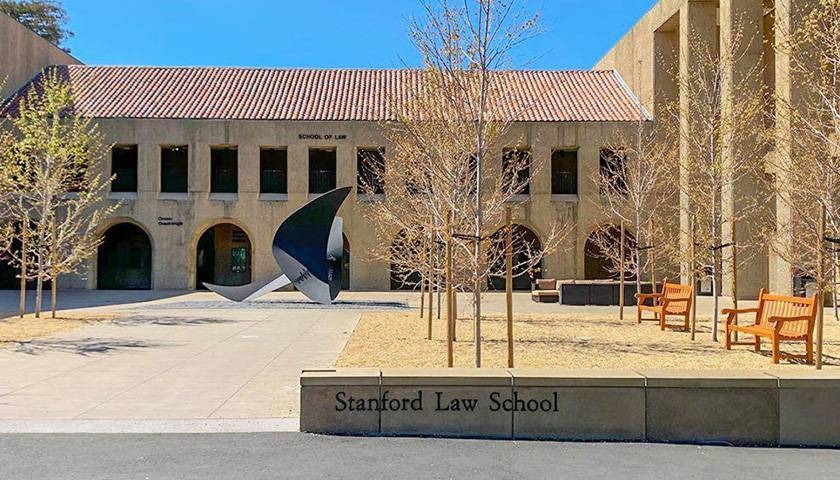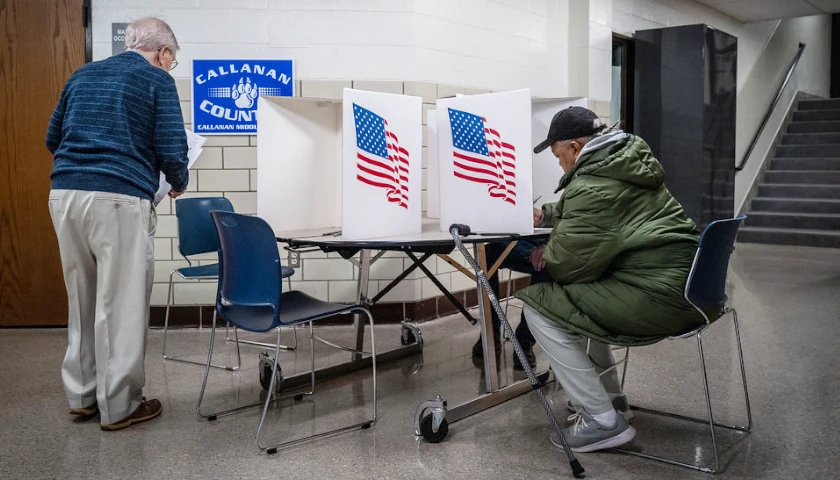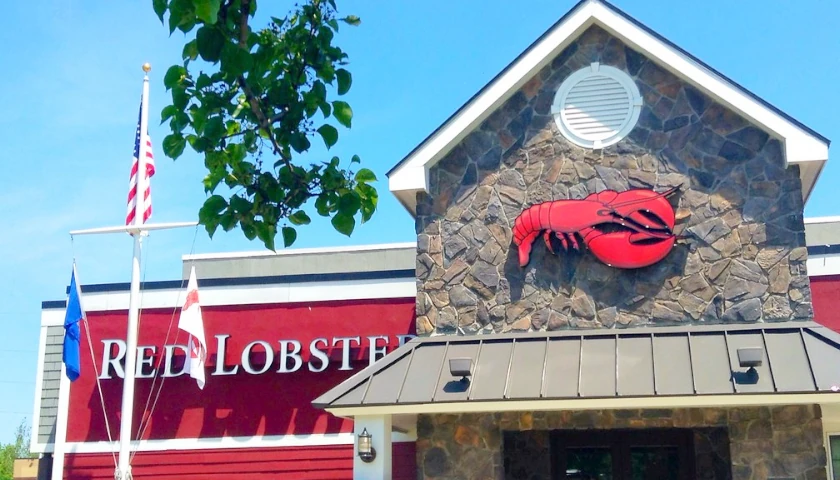by Victor Davis Hanson
The most recent shout-down debacle at Stanford’s law school, one of many such recent sordid episodes, prompts the question: “Who owns our universities?”
The law students who are in residence for three years apparently assume they embody the university. And so, they believe they represent and speak for a score of diverse Stanford interests when they shout down federal Judge Kyle Duncan, as if he were an intruder into their own woke private domain.
After all, Stanford, like most of the Ivy League universities, is a private institution. Are then its board of trustees, its faculty, its students, and its administration de facto overseers and owners?
Not really.
In the case of public institutions of higher learning, there is no controversy: The people own the university and, through their elected representatives, pay for and approve its entire budget. Again, through their selected regents and overseers, the taxpayers adjudicate the laws of these universities.
But private universities, while different, are not really so different.
Take again Stanford as a typical example. It receives about $1.5 billion per year in federal taxpayer grants alone to its various faculty, labs, research centers, and programs.
Its annual budget exceeds $8 billion. If Stanford accepts such huge federal and state direct largess, do the taxpayers who provide it have some say about how and under what conditions their recipients use their money?
Second, the university also has accumulated a $36 billion endowment. At normal annual investment returns, such an enormous fund may earn well over $2 billion a year. That income is almost all tax-free, based on the principle that Stanford is a nonprofit, apolitical institution.
But is it?
One could imagine what would have happened had, say, a radical abortion proponent been shouted down at Stanford Law School. Further, conceive that conservative law students had called her scum and wished for her daughters to be raped. Envision obscene placards flashing in her face – before she was stopped speaking entirely by a conservative Stanford dean who hijacked her talk and informed the pro-abortion speaker that she more or less asked for such a mob reception. The perpetrators, we know, would have been expelled from the law school within 24 hours, and the dean fired in 12. And, alternately, had the architects of this real, vile demonstration faced an open hearing, where evidence of the event was presented, and had been found guilty of violating university policy and then had been expelled and ostracized from the law school, even after much chest-thumping and performance-art braggadocio, it is unlikely the debacle would be repeated.
Third, the federal government through subsidies and guarantees is liable for over $1.6 trillion in aggregate student loans. Thousands of Stanford undergraduate and graduates are among those indebted and could not attend the university without such taxpayer largess.
To take a hypothetical, if some 16,000 undergraduate and Stanford graduate students carried on average $20,000 in federally backed student loans, the Stanford student community could be carrying a third of a billion dollars in federal loan guarantees.
In other words, the private universities of the United States are really not so private at all. They rely on billions of dollars in federal and state research subsidies and grants; billions of dollars in tax-exempt annual income from their endowments; and hundreds of billions of dollars in federally backed student loans that allow them to charge exorbitant tuition at above the annual inflation rate from leveraged and indebted students.
Given those huge public investments, should not the public have some say in how these universities are run?
After all, Stanford, and thousands of private universities like it, are not Hillsdale College. Hillsdale long ago lost trust in federal and state government due to their efforts to use their partial funding as a means of politically leveraging the college. And therefore, it has refused all public monies ever since.
Left-wing major colleges or universities have not done the same because they rightly assume the federal government shares their commitment to radical progressive change. And thus, Washington gives them free rein to discriminate in admission, housing, and hiring, as well as to suspend constitutional protections for faculty and staff – if in service to progressive-regressive agendas.
But that was then, and this is now. If Stanford’s sordid law school psychodrama taught us anything, it was that the law school mob felt they could threaten, smear, scream, disrupt and shut down a public speaker and do so with complete impunity. And they were right on all counts.
But if the public “owns” much of private universities given the colossal amount of money it provides them, could the public at last insist that all colleges, public and private, simply abide by the laws of the land?
That adherence would mean universities, to continue their taxpayer revenue streams, would pledge not to discriminate in their hiring and admissions on the basis of race, gender, or sexual orientation. That public insistence would prompt revolutionary changes on campus.
Stanford, for example, laudably recently deplored its past antisemitic admissions practices of the 1950s that deliberately restricted the number of Jews who qualified for admission. The university had institutionalized discrimination on the logic it did not want too many Jews on campus, as part of its social engineering to achieve the “correct” student body. Amid its current apologies, Stanford added that in the 1950s it had not been transparent in its warped discriminatory admissions but had either denied or sought to hide its bias.
Amid its apologies for past discrimination, the university has announced that its incoming class of 2026 includes 22 percent described as “white.” Yet that percentage (remember the university, not us, the public, is obsessed with categorizing people by race), is less than a third of the percentage of so-called whites in the general public.
Has this particular group suddenly suffered collectively an epidemic of low grades, poor test scores (on now optional tests for admission) or poor community service and extracurricular activities?
Would that decline explain why it is so suddenly and vastly “underrepresented”?
Surely a university currently and loudly apologizing for its past ethnic, racial, and religious discrimination against Jews would not simultaneously, but quietly, begin doing nearly the exact thing some 70 years later?
For that matter, since when do universities, public or private, deliberately warp the spirit of the 1964 Civil Rights Act by institutionalizing racially separate graduation ceremonies, racially segregated dorms (“theme houses”), and safe spaces?
All the legalese universities employ to skirt both state law and federal statutes prohibiting segregation and discrimination – and it is a multibillion industry – cannot hide the fact that in many ways campuses are emulating the spirit and practice of the Old Confederacy and postbellum Jim Crow South, according to the infamous “1/16” or the “one-drop” rule, to adjudicate hiring and admission, and the apartheid practice of directing particular races to “separate but equal” housing.
Should not private universities also pledge to follow the Bill of Rights and provide constitutional protections for its university community?
That would mean if a university could not guarantee the right for invited speakers to finish their lectures without being shouted down, physically intimidated, or met with obscene and pornographic slurs and placards, the university then would be liable to suspension of its federal funds.
Recently, Stanford admitted that it allowed a Stasi-like “snitch” program on campus in which anonymous complainers can lodge complaints against allegedly biased remarks by faculty, staff, or administrators. But is not a hallmark of the U.S. legal system that the accused has a constitutional right to face his accuser?
In fact, most private universities suspend a great number of constitutional protections when its constituents are accused either of sexual harassment or insensitive speech. Students, especially, in campus hearings are not always allowed to meet their accusers, to cross examine accusations and evidence, or to have legal counsel at all times.
Should the taxpayers not insist that campuses ensure their communities the same rights of due process, of protection from double jeopardy, of rules of evidence and cross examination as enjoyed by the general public who funds them?
It is not just the American taxpayer who funds public and even private universities, but alumni and donors as well. The students who shouted down Judge Duncan as “scum” and hoped his daughters were raped are likely at Stanford with at least partial financial support. Many of those endowments are sustained by generous donors. And they too remain a part of the university community, along with faculty, administrators, and various boards of trustees.
The present radicalization of the campus is based on the egotistical assumption that transitory students own colleges. They believe, by their snobbery (one law student yelled at Judge Duncan that the judge couldn’t get into Stanford Law School) and ephemeral presence on a current campus, that they are the one and only “Yale,” or they are the real “Stanford.” Therefore, they believe they have the right to dictate to – or follow the whims of – their equally transitory radical administrators.
But for such a claim of ownership to be true, universities would have to self-fund, to raise all their own research dollars, to provide their own loans to their own students – and then to announce that they have no need of all the generous donors who supplied their wherewithal, and all the vast majority of students who do not disrupt, slur, slander, smear, and resort to violence, but do pay their tuition bills and thereby also help ensure viable universities.
So, who owns American higher education?
Almost everyone who pays for this now peculiar institution – a fact that the current ungracious woke activists who are passing through colleges are too dense in their megalomania to grasp.
– – –
Victor Davis Hanson is a distinguished fellow of the Center for American Greatness and the Martin and Illie Anderson Senior Fellow at Stanford University’s Hoover Institution. He is an American military historian, columnist, a former classics professor, and scholar of ancient warfare. He has been a visiting professor at Hillsdale College since 2004.
Photo “Stanford Law School” by Stanford Law School.




